NASA’s Memorial Honors Lives Lost on the Challenger and Columbia Missions
The permanent exhibit at the Kennedy Space Center in Florida displays remnants of the shuttles and items from fallen astronauts
When the Space Shuttle Challenger exploded in 1986, NASA kept recovered pieces of the shuttle in storage for years, which were never accessible for viewing—until now.
On June 27, NASA unveiled a new memorial honoring the seven-astronaut crews of the Challenger and the Columbia space shuttles, the latter broke apart in 2003. The “Forever Remembered” memorial at the Kennedy Space Center in central Florida will be on permanent public display, and includes personal items from each of the 14 astronauts lost in the disasters as well as debris from both shuttles.
In the two days leading up to the public opening, family members of those who died on the missions came to the Kennedy Space Center for a private viewing. According to NASA spokesperson Michael Curie, relatives said the memorial brought them a sense of peace, as well as “hope that people will learn from the tragedies.”
In the aftermath of the Challenger disaster, one of the memorable photographs taken, Curie recalls, was of the left panel of Challenger’s fuselage, which was emblazoned with the American flag. But NASA put that and other remnants in storage in a missile silo on Cape Canaveral Air Force Station. When Kennedy Space Center director and former astronaut Bob Cabana began to think up this memorial, he and others on the team felt that the torn, flag-covered panel was especially important to show the public. As for the Columbia shuttle, the team felt that the windows of the flight deck were most fitting.
It was about four years ago, during the last NASA space shuttle missions, that Cabana realized he wanted to create a public exhibition honoring the lost crews. But in the end, it was entirely up to the families.
Cabana went to NASA administrator Charles Bolden, Curie says, and they both reached out to the astronauts’ relatives. The pair agreed that they would not move forward with the idea unless the families of all 14 fallen crew members wanted them to.
“The exhibit could not have happened without their cooperation,” Curie explains. “Each of the families helped to contribute to the exhibit and all of the families were in agreement that this should be done at this time.” Visiting the memorial together also “brought the families very much together,” Curie says.
While there is already an astronaut memorial at Kennedy inscribed with the names of all those who gave their lives serving NASA, the new memorial is confined to the Challenger and Columbia disasters. And it takes a more personalized approach, highlighting each of the astronauts as individuals. Now, visitors can see details from crew members’ lives: Rick Husband’s cowboy boots; Michael Anderson’s vintage “Star Trek” lunchbox; a charred page from Ilan Ramon’s flight notebook.
Long before Cabana came up with the memorial, he flew on Columbia himself—on a 1994 mission. Looking at the flight deck windows now on display, he choked back tears while speaking to CBS.
“They’re the windows to the soul of Columbia,” he said. “And when I look at that, I see [astronauts] John Young and Bob Crippen on the first flight of Columbia. I see a young Bob Cabana on his first command. And I see Rick and Willie and the whole 107 crew, with smiles on their faces, enjoying that space flight.”
“The crews were part of our family,” Cabana says, “and the vehicles, they’re part of our family, too.”
Now, through the memorial, Curie says, those who died “will actively be engaged in teaching future engineers and managers how important it is to consider every last detail before approving the launch of humans into space.”
/https://tf-cmsv2-smithsonianmag-media.s3.amazonaws.com/accounts/headshot/michele-lent-hirsch.jpg)
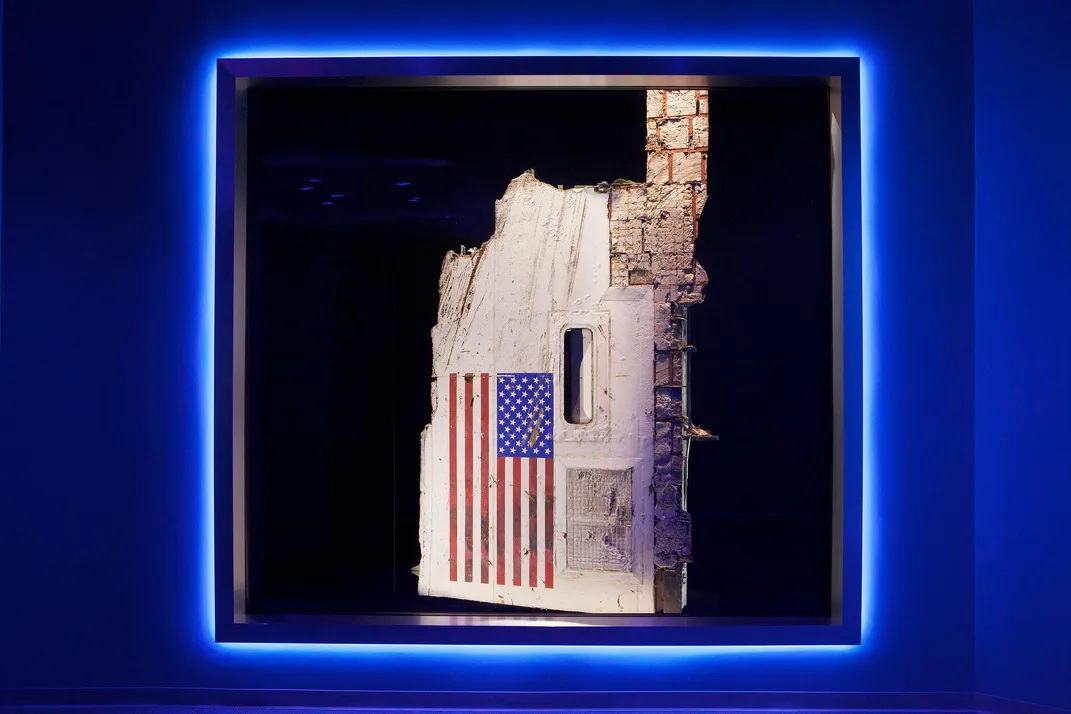
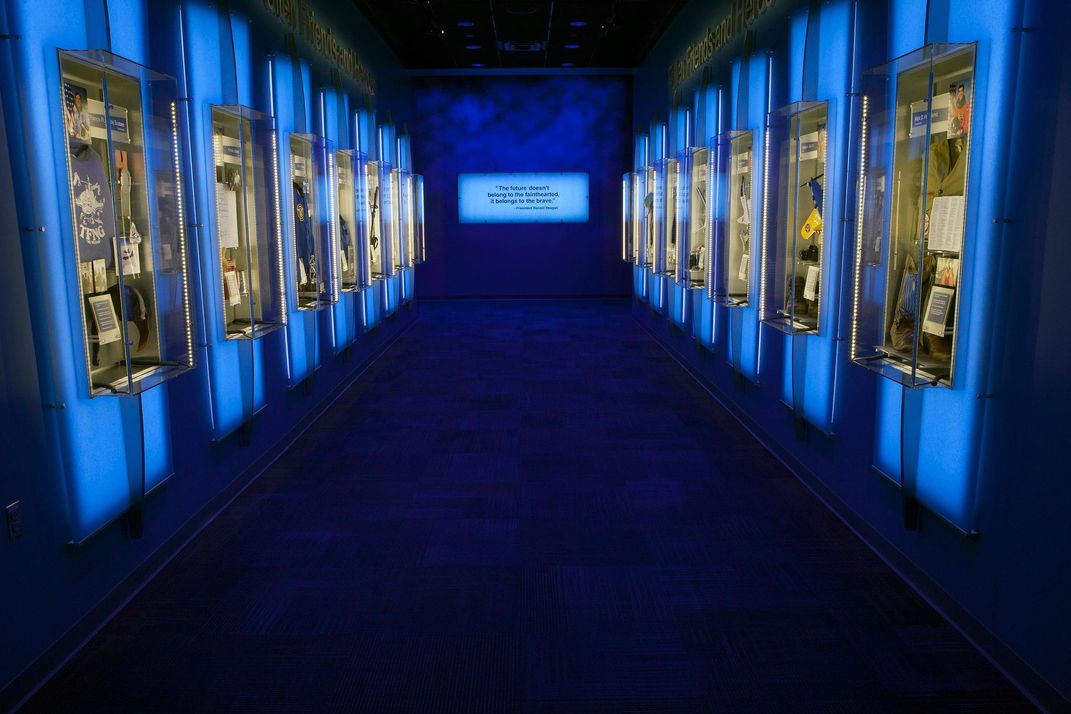
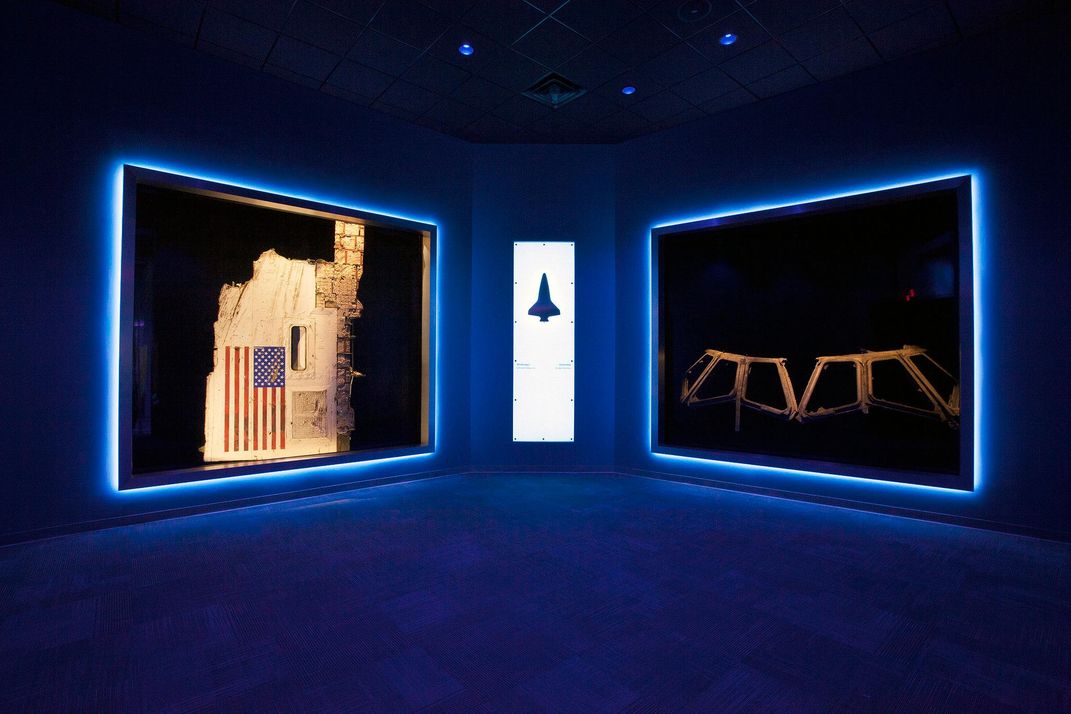
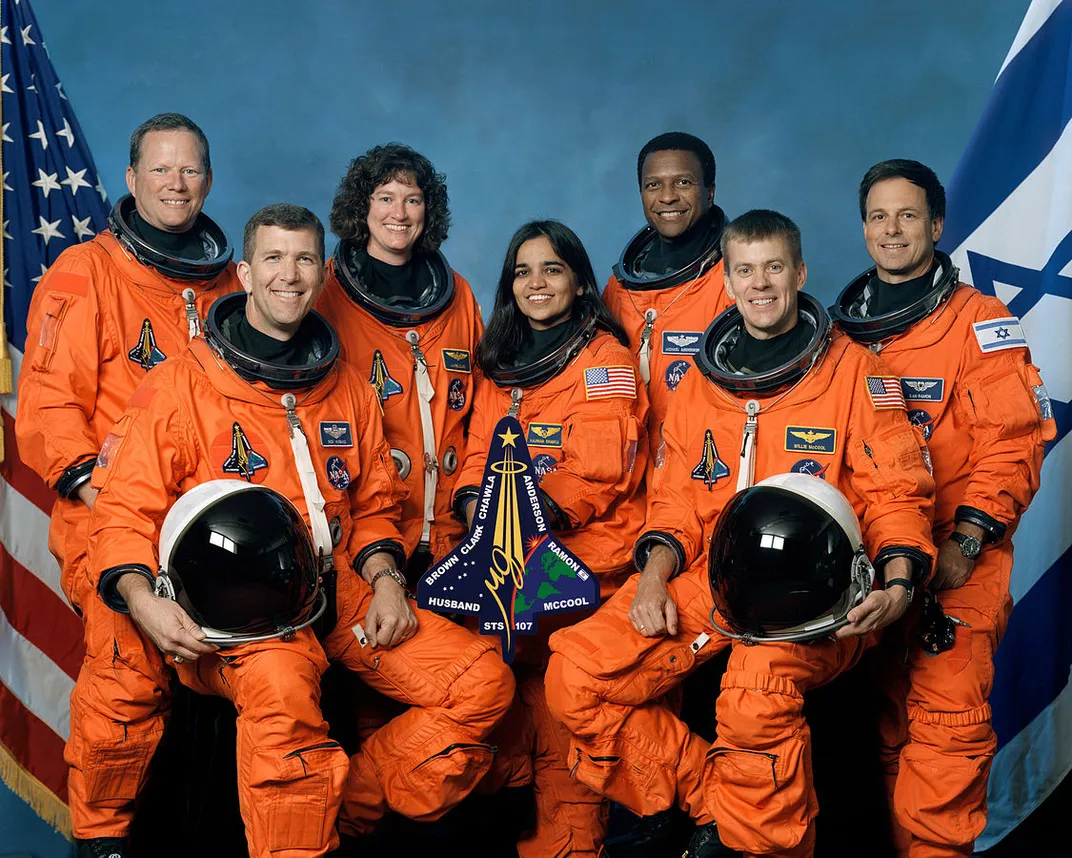
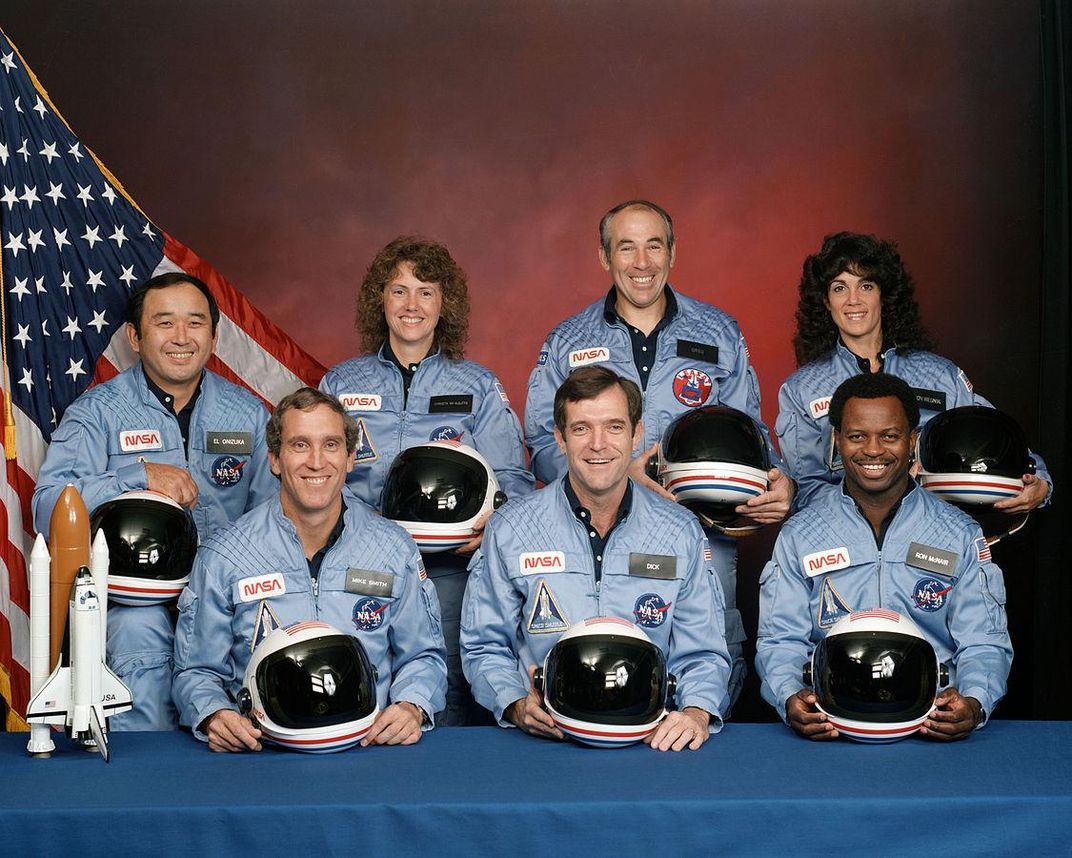
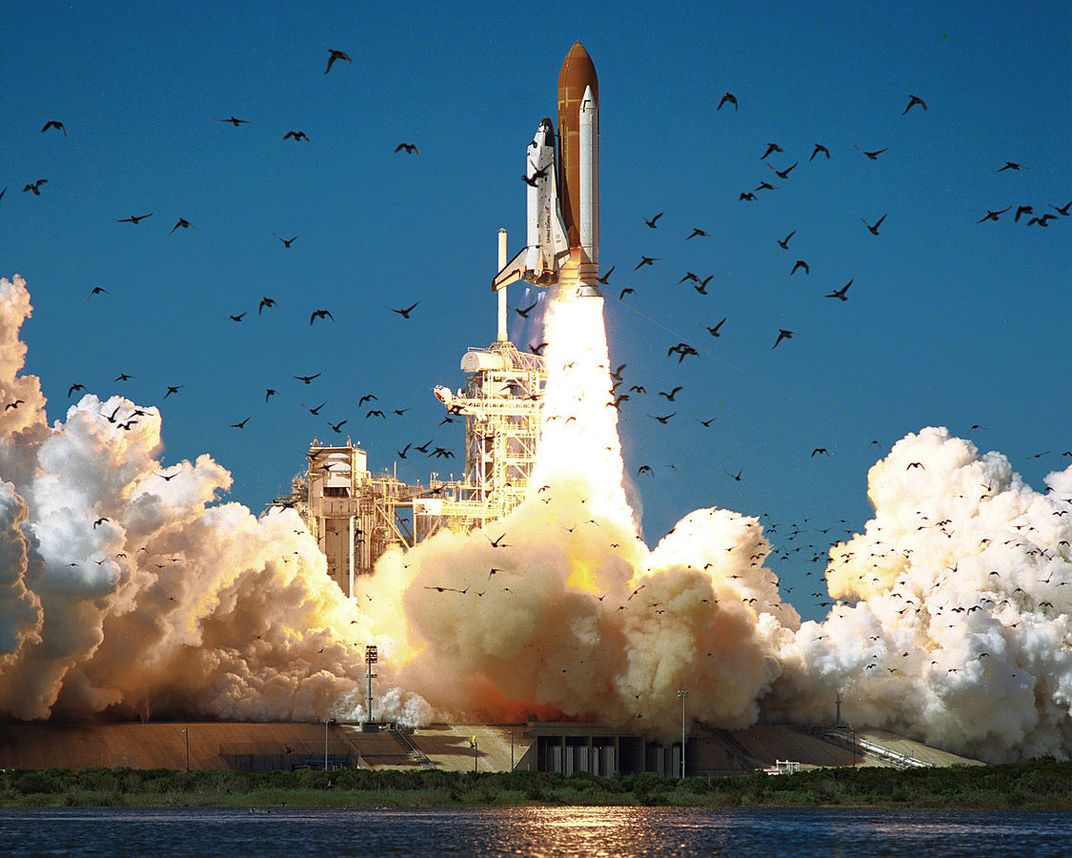
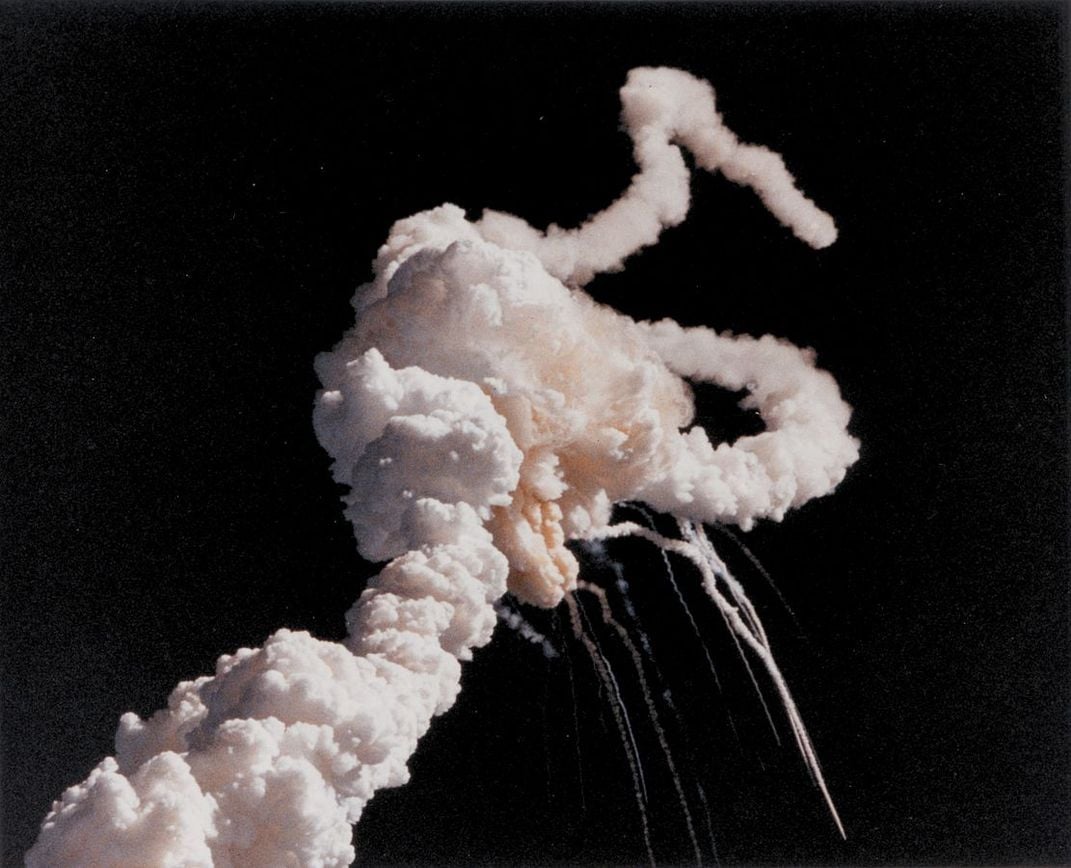
/https://tf-cmsv2-smithsonianmag-media.s3.amazonaws.com/accounts/headshot/michele-lent-hirsch.jpg)